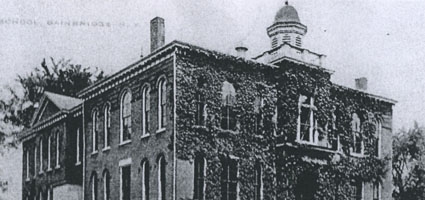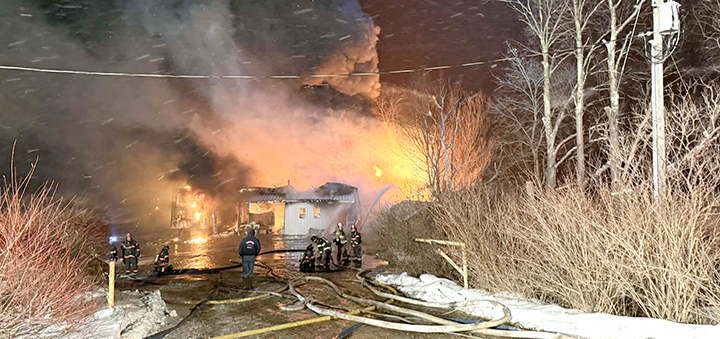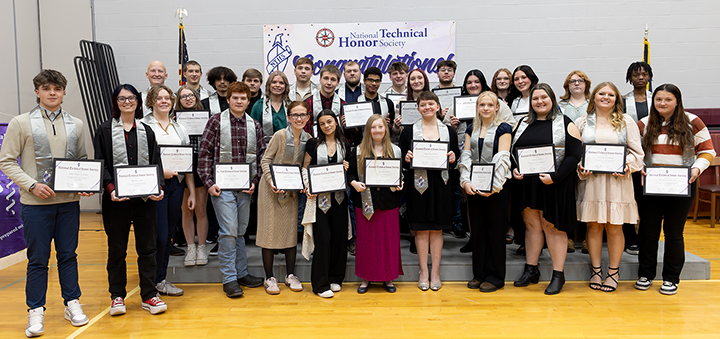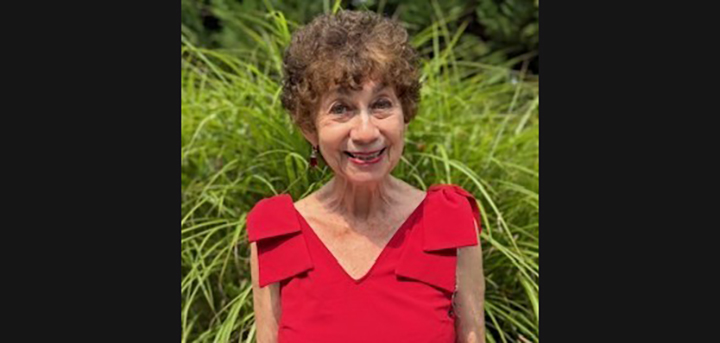Schools of the Past: Bainbridge High School – Part II
In the previous article the early educational history of the Village of Bainbridge was documented from material forwarded to my attention by Charles Decker, Afton Historian. There are not enough accolades for Mr. Decker as a historian as he is extremely thorough in all his research of Afton history, which overlaps with Bainbridge as Afton was not formed until 1857 as a separate township.
To continue with the documentation of the “High School” we again will quote directly in conclusion of this segment of history which is often overlooked and basically forgotten.
“In 1868, in March, a group of prominent merchants, farmers, and lawyers signed a petition to the School Board of District #13 calling the Board to hold a meeting of all the qualified voters of District #13 to a public meeting. This meeting was to be called for the purpose of deciding whether or not a Union Free School District should be formed. Mr. A. Converse was chosen Chairman and J.D. Newell - Clerk. The following is the result of that meeting.
“RESOLVED, that we, the inhabitants of School District No. 13 in the Village of Bainbridge, regarding the means of instruction in said District inadequate to the public demands therein, and being confident that a Union Free school would better accommodate, more fully, the wants and better subserve the ends of Education of the people thereof, do change the name into Union Free School District, in conformity with Chapter 555, of the laws of 1864; 65; 66; 67.”








Comments